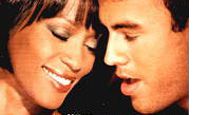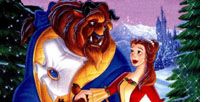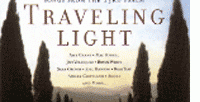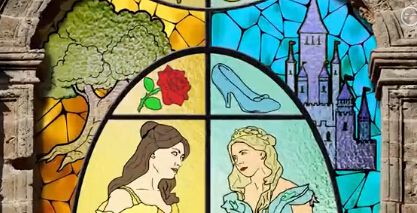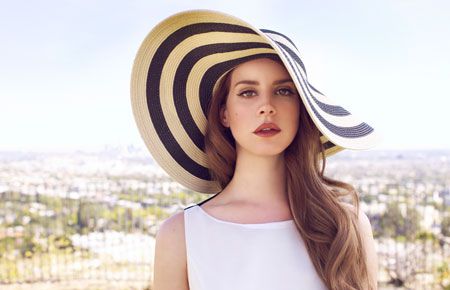复活节为什么要吃巧克力兔?
|
As far as holidays go, Easter is second only to Halloween in American candy sales - that's a lot of chocolate bunnies. 就节假日而言,复活节的糖果销量在美国仅次于万圣节:其中有很多是巧克力兔。 Easter - the most spiritually significant holiday of the Christian calendar - has always been heavily associated with symbolic foods, from lambs to egg-rich celebratory breads. Rabbits, however, are not mentioned in the scriptures that recount Jesus' crucifixion and resurrection. And chocolate, a New World food, was not even accessible to the masses until the mid-1800s. So how did chocolate bunnies come to dominate the Easter basket scene? It's a thoroughly modern mash-up of commerce, confectionery, and immigration. The observance of Easter includes some elements adapted from pagan traditions celebrating cycles of new life in the springtime, and one of those is the rabbit, an animal known for its crazy-high fertility. Ostara, the Germanic pre-Christian fertility goddess, apparently kept a hare as a sidekick. The word for "Easter" (Ostern, in German) is derived from her name, and her namesake festival was held around April. Germans came to embrace the fictional character Oschter Haws (or osterhause), a rabbit who delivered eggs to children at Easter. The Easter Bunny Museum in the now-defunct Center for Unusual Museums in Munich showcased examples of 19th century Easter rabbits made of cardboard, wood, or fabric, and some had removable heads to allow for hiding candy inside (these would be the forerunners to chocolate bunnies). At the same time, the middle classes of the Western world began enjoying the chocolaty fruits of progress. The Industrial Revolution changed chocolate from a costly drink to a cheap solid food. The craft of making the smooth-textured solid chocolate we're familiar with today requires many steps, and those were not possible without mechanization; the first eating (as opposed to drinking) chocolates appeared in Europe in the mid-1800s. The chocolate bunny had yet to cross the Atlantic, though. The Pennsylvania Dutch imported the Oschter Haws, or Easter Hare, who delivered colored eggs to good children. One of the better-known early sightings of chocolate rabbits in America was in 1890, when Pennsylvania shopkeeper Robert L. Strohecker featured a five-foot chocolate rabbit in his drugstore to attract business at Easter. And after that long journey, chocolate rabbits of more manageable proportions eventually became an Easter staple. |

